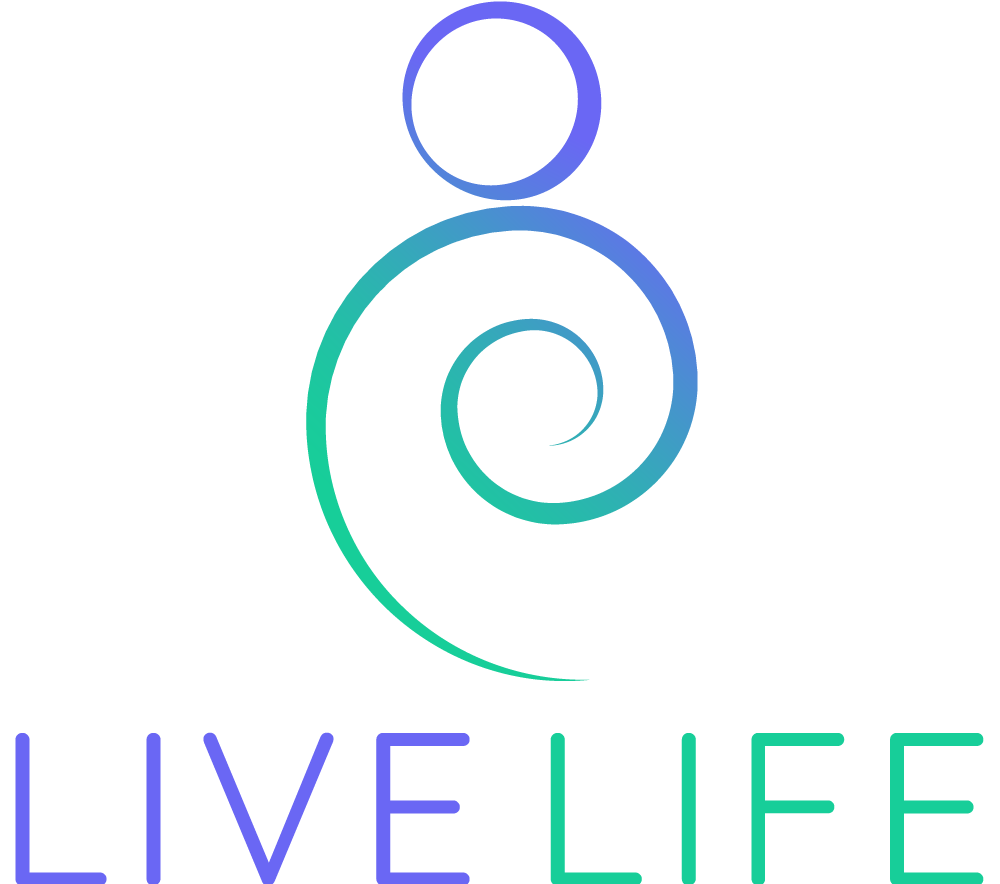Overview
Everyone knows how to breathe. We didn’t even have to learn it nor practice it. Right from birth, until we die, we will know how to breathe. Breathing is an automatic response and doesn’t require much effort. Thus, many don’t realize the benefits you could achieve if you become more mindful of your breathing.
Focusing on the timing and pace of our breath would benefit both our body and mind. Recent research published in the Journal of Neurophysiology suggests that paying attention to our breath activates numerous brain areas associated with emotion, attention, and bodily awareness.
You may ask yourself, how do I bring more attention to my breathing? Well, The key to focusing on your breath all day is to establish a firm commitment, slow it down, and practice on your more “regular” days, at least at first. This sense of purpose in your breathing may lead to a significant understanding of who you are, your patterns, and how to find pleasure for yourself and others around you.
What are the benefits of focusing on breathing?
There are plenty of benefits to doing mindful breathing. The addition of this practice into your everyday life will bring about a vast number of changes within you. It’s something that you must try to experience the benefits. However, we have listed the benefits that could give you an idea of how great mindful breathing can be for you.
- Increased self-awareness
Mindful breathing can help you get a deeper knowledge of yourself. These meditation techniques assist you in identifying self-defeating behaviors and eliminating them while establishing more positive ones.
- Stress reduction
The majority of the people who practice meditation or mindful breathing do so to relieve stress. Cortisol is a hormone that causes stress. Lack of sleep, a rise in blood pressure, depression, and anxiety are all symptoms of cortisol, the stress hormone. Including mindfulness in your day could drastically reduce the stress you experience.
Meditation can help you improve your attention span. Just as weightlifting helps improve muscle building, concentrated attention meditation improves the strength and endurance of your attention span.
- Enhanced sleep
Mindful breathing or meditation not only makes it simpler to fall asleep but also allows the mind to focus on rest and repair, resulting in longer, more restful nights. Meditation facilitates deep sleep by reducing stress in the body and mind.
- Helps to prevent memory loss as we age
Some people believe that memory loss is unavoidable as we get older, yet regular meditation can help us avoid this by increasing mental and memory sharpness. Regular meditation can therefore help to avoid diseases such as dementia.
- Controlling addictions
Greater self-awareness and willpower are essential components in overcoming addictions. Meditation is an effective method for overcoming addictions. It can aid in the management of everything from food cravings to alcoholism and drug addictions.
- A total presence
Distancing oneself for only a few minutes each day enables you to become more present in the world in the long run. You may totally connect by genuinely feeling your breath and anchoring your body and mind in the present moment. Mindful Breathing is used to train the human brain for ages all throughout the world. This exercise will help you to regulate and balance your thoughts on your own time, with each breath.
It is believed that the secret to meditation success is perseverance – to keep trying no matter what – when seated, walking, standing, or lying down. So the idea that you’ve set this goal for yourself is a fantastic indicator that you’re on your way to greatly developing your practice. Let’s get a little more into some of the specifics of how we might do this.
How to focus on your breathing?
The most fundamental mindfulness meditation is mindful breathing. Breath mindfulness is a highly effective technique. Long-term mindful meditation practice leads to a stronger capacity to focus on the current now, lower tension, a better understanding of wellness, more emotional balance, and a tranquil state of mind, and among other benefits. Try this breathing meditation for yourself and see what occurs. Here is how you go on about it:
- Find a sitting position that is both comfortable and straight.
You might be cross-legged on the floor or sitting up on a chair. Try not to lean against the back of the chair. If you can, keep your spine straight without any support. If it’s comfortable for you, close your eyes. Make sure you won’t be interrupted for the next 10 minutes or so, and that you’re in a warm and comforting environment.
- Make it a goal to concentrate as much as possible on your breathing.
Tell yourself that you don’t have to condemn or criticize yourself if your attention wanders to other topics. Allow all notions of accomplishment or success to fade away. Whatever occurs, will occur.
- Keep your attention on your breathing.
Close your eyes for a moment. Feel your chest or abdomen rising and falling as your breath enters and exits your nostrils or passes through the back of your throat. Place your hands on your stomach and notice how your breath moves in and out. Allow your hands to rest and attempt to maintain your focus thereafter you’ve reached a comfortable spot where you can feel your breath. Let your breath flow naturally at its normal depth and rate. Embrace your breathing exactly as it is. It may or may not progressively slow down or deepen – either way, is good.
- Bring your attention back to your breathing.
It’s possible that your mind will wander off into various thoughts, emotions, dreams, ambitions, and fantasies. This is an absolutely natural activity, and it is what minds do. Recognize what you were thinking about without passing judgment and gently bring your attention back to your breathing. The act of drawing your attention back to you once it has wandered is an important component of the meditation practice. If you find yourself becoming upset or annoyed with yourself, try smiling softly and taking a deep breath. Return your focus to your breathing after that.
- Gently open your eyes after 10 minutes.
Take note of how you’re feeling. If you need to stretch, do so, and then go about your day thoughtfully.
Choose your favorite location to feel the breath and stay locked onto that one place for as long as you can, and just keep going back each time you get pushed off course if there is one technique to focusing on your breath consistently. For instance, choose the nostril as your favorite spot because you can feel the breath going in and out at any time and anywhere. It could be anything that works for you. From your belly button to your chest to your nose, it may appear anywhere. Nonetheless, even with this approach, dedication and perseverance are required.
Other breathing methods
Meditation or yoga aren’t the only ways that allow you to focus on your breath. There are simple breathing exercises that you can try out whenever and wherever you are.
- Breathing with a mantra
A mantra is used in this method to help you focus on your breathing. A mantra is a word or phrase that you say to yourself and repeats to focus your attention. You will be able to relax and meditate while you repeat it.
- Nostril breathing
This method can aid in the reduction of tension and anxiety. When you breathe, seal one nostril and gently inhale through the other. Then switch to inhaling through one nostril while shutting the second. Repeat the procedure until you feel more relaxed.
- Pranayama
Yoga practitioners employ this way of cleaning breath. According to experts, pranayama can detoxify 72,000 pathways in the body. It entails breathing via the nose and exhaling through the mouth. This breathing method can help to purify your blood and cleanse your lungs. This will help the heart and brain receive excellent, clean oxygen.
- Method 4,7,8
This breathing technique, created by Dr. Andrew Weil, aids sleep. It’s a straightforward technique. You take a four-count inhalation, hold your breath for seven counts, and then exhale for eight counts. As required, repeat the process.
- Breath from the belly.
Because you can feel your body taking in and expelling air by moving your abdomen, this form of breathing is simple to master. Lie down on the floor or on a bed. Put one hand on your tummy and take a slow, deep breath in through your nose and notice the abdomen rising. When you exhale, the abdominal muscles tighten and force the air out of your lungs.
Keep in mind that…
During your activities, keep your concentration on either your breath or your actual bodily sensations, whatever is easier for you at the time. It may be simpler for one individual to concentrate on their leg feelings while walking. Another person’s breathing may be easier to notice while they are seated at their workstation.
It’s a question of mentality and self-discipline, not a hidden method, to be able to focus on your breath all day. In reality, maintaining constant attention throughout the day should unlikely be your aim. You’ll become disheartened. We should just attempt to be conscious of our breathing for as much of the day as possible, whatever long that may be.
Related article: The Power Of Breathing





